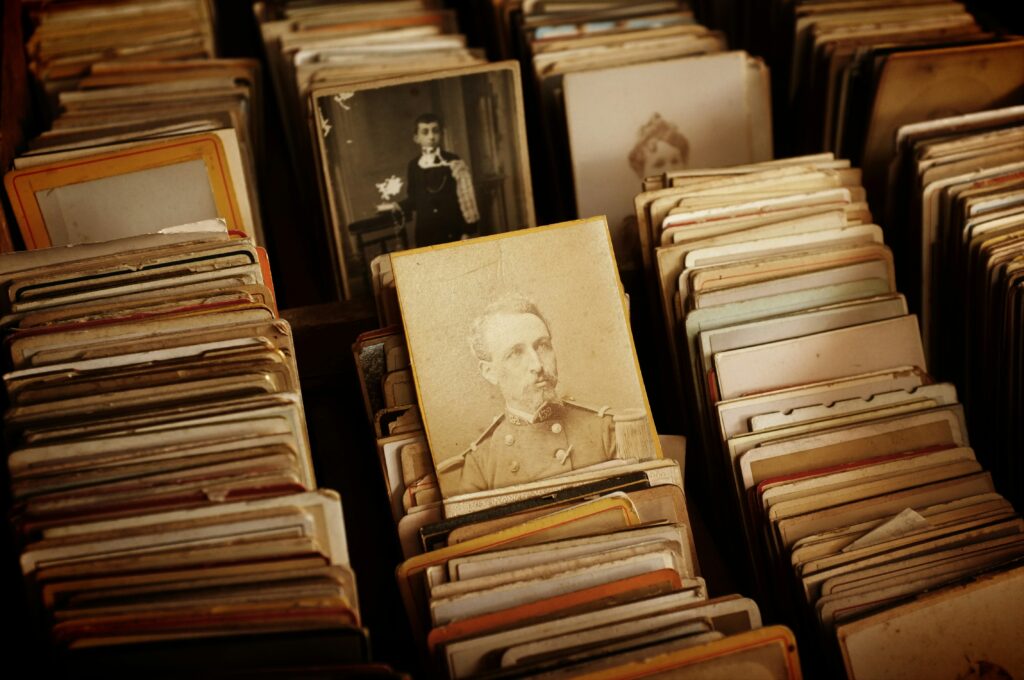The Fascinating History and Evolution of Riddles
Riddles have been a part of human culture for centuries, intriguing minds and fostering creativity across the globe. From ancient civilizations to modern pop culture, riddles have captivated people of all ages and backgrounds. They are more than just brain teasers; they are a testament to human ingenuity and the desire to engage in playful, intellectual challenges. In this blog, we will explore the fascinating history and evolution of riddles, highlighting their cultural significance and enduring appeal.
The Origins of Riddles
Riddles have their roots in ancient oral traditions, where storytelling was a primary means of entertainment and education. The earliest known riddles can be traced back to Sumer, an ancient civilization in Mesopotamia, around 2000 BCE. These riddles were often inscribed on clay tablets and used as a form of wisdom literature. One of the earliest examples, known as the “Riddle of the Sphinx,” challenges readers to solve a mystery about a creature that walks on four legs in the morning, two legs at noon, and three legs in the evening—a reference to the stages of human life.
In ancient Greece, riddles were a significant part of the oral tradition and were used to showcase wit and intelligence. The Greek philosopher Plato mentioned riddles in his dialogues, emphasizing their role in stimulating critical thinking. Riddles also appeared in Greek mythology, most notably in the story of Oedipus and the Sphinx, where Oedipus solves the riddle posed by the Sphinx to save the city of Thebes.
Riddles in Different Cultures
As riddles spread across different cultures, they took on unique forms and meanings. In ancient India, riddles were a part of sacred texts and philosophical debates. The Sanskrit epics, such as the Mahabharata, contain numerous riddles that explore complex themes like life, death, and morality. Similarly, in ancient China, riddles were integrated into Confucian teachings and used as a method to impart wisdom and moral lessons.
In medieval Europe, riddles became a popular form of entertainment among both the nobility and common folk. The Anglo-Saxon “Exeter Book,” a manuscript dating back to the 10th century, contains a collection of riddles that reflect the daily life and beliefs of the time. These riddles, often written in verse, were designed to amuse and challenge the audience, ranging from simple objects to abstract concepts.
Riddles also played a significant role in African oral traditions, where they were used in storytelling to pass down knowledge and cultural values. In many African societies, riddles are a communal activity, encouraging participation and fostering a sense of unity. They often feature animals and natural elements, reflecting the close relationship between people and their environment.
The Evolution of Riddles
As literacy and education became more widespread, riddles evolved from oral traditions to written texts, appearing in literature, religious texts, and even political propaganda. During the Renaissance, riddles were used as a form of intellectual amusement in courtly circles. They were also employed by writers like William Shakespeare, who incorporated riddles and wordplay into his plays to engage and entertain his audience.
The Enlightenment period saw riddles take on a more educational role, with books and collections of riddles being published for children and adults alike. These riddles were designed to teach moral lessons, improve vocabulary, and encourage logical thinking. The 19th century brought a surge of interest in riddles and puzzles, with publications like “Punch” magazine featuring regular riddle columns and competitions.
In the 20th century, riddles continued to evolve, finding a place in popular culture through books, films, and television shows. The enigmatic character of the Riddler in the Batman comics and TV series brought riddles into the realm of superhero fiction, highlighting their potential for intrigue and mystery. Similarly, J.R.R. Tolkien’s “The Hobbit” features a famous riddle contest between Bilbo Baggins and Gollum, showcasing the power of riddles in storytelling.
Riddles in the Digital Age
With the advent of the internet and digital media, riddles have found new platforms and audiences. Online forums, social media, and mobile apps have made riddles more accessible than ever before. They have become a popular form of content for educators, marketers, and entertainment creators, engaging audiences and encouraging interaction.
The rise of escape rooms and puzzle games has also contributed to the resurgence of riddles, offering immersive experiences that challenge participants to solve riddles and puzzles in a physical space. These modern interpretations of riddles tap into the human desire for problem-solving and adventure, blending traditional elements with innovative technology.
The Enduring Appeal of Riddles
Despite their evolution over thousands of years, riddles have retained their fundamental appeal. They challenge the mind, encourage lateral thinking, and provide a sense of accomplishment when solved. Riddles are a unique form of entertainment that transcends age, culture, and language, bringing people together in the pursuit of knowledge and fun.
Riddles continue to thrive in contemporary culture because they offer more than just a challenge; they stimulate curiosity and foster creativity. In a world where information is readily available at our fingertips, riddles remind us of the joy of discovery and the thrill of solving a mystery.
Conclusion
The history and evolution of riddles are a testament to their enduring appeal and cultural significance. From ancient civilizations to modern-day digital platforms, riddles have captured the imagination of people across the globe. Whether used for education, entertainment, or storytelling, riddles have a unique ability to engage minds and spark curiosity. As we continue to explore new ways to challenge and entertain ourselves, riddles will undoubtedly remain a cherished part of human culture.


